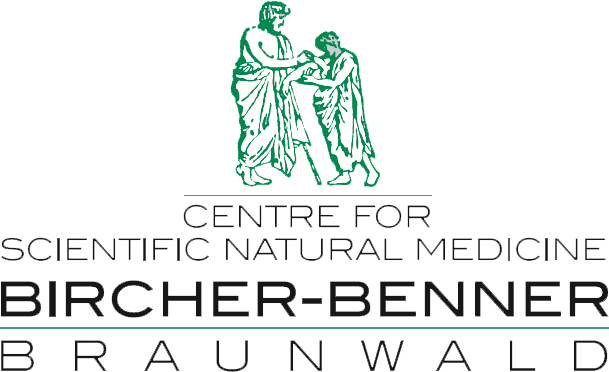It becomes serious and permanent usually starting from 55 years of age, particularly in women. Then this disease affects increasingly more joints (polyarthrosis). Not all joints are equally at risk: most frequently the knees, then the hips, hands, shoulders and lastly the ankles, even though these are under considerably more strain. Often shoulder pain is felt in the elbow or hip pain in the knee, so that there is a risk of misjudging hip arthrosis (coxarthrosis). Despite frequent occurrence in families, no genetic transmission of arthrosis has been proven, whereas overstraining the joints for more than 10 years on the job or doing sport clearly increases the risk of arthrosis. If we suffer from arthrosis, then we feel disabled, as if a brake has been pulled. Walking becomes arduous, particularly when starting to walk (“start-up pain”). Prolonged strain leaves more severe pain, which often abates at night, except with more severe hip arthrosis, where the position of the hips in sleep causes pain. Wintery cold, wet, a biting north wind or approaching snowy weather intensify arthrosis pain substantially, so you can “feel it in your bones” so to speak, and it urges us into the warmth, which always feels good for arthrosis. The body knows about the risk to the cartilage, which – as long as pain is felt – is being scraped with each movement. Particularly in dry hip and knee joints, which are not inclined to swelling and bruising, the scraping of the cartilage layer can occur quickly and ultimately lead to complete cartilage loss in the most heavily strained places, so that the bones begin to disintegrate in parts (arthrosis cysts). With this condition, careful walking on crutches using tiny steps is still possible but extremely painful. The body is highly intelligent. It knows the danger of decreased cartilage and promptly begins to widen the joint surface by lateral cultivation of bone, which appears on an x-ray as bone spurs (bec) and in the fingers and toes as disfiguring rheumatic nodules.
The inside of the joints is highly sensitive to any metabolic disturbance.
Free of blood vessel capillaries, the entire cartilage layer is nourished by the complex joint fluid (synovia), which is being permanently formed by the internal cell layer of the joint capsule (synovial membrane). The joint fluid consists of 2.5% complex proteins, albumins and globulins, glucose, fine fat droplets (lipids of a very special type), 0.5% high-quality mucin and hyaluronic acid, all of which is contained in 94% water. Immune cells penetrate it and protect it against infections. This whole system is highly sensitive to metabolic disturbances and thus open to nutritional therapy. Excessive feeding experiments in rats with carbohydrates (flour-based foods) produced arthrosis in all animals, whereas overfeeding with animal fats triggered arthritis in all animals. Voluntary experiments on humans confirmed this result.
The dietetic treatment of arthrosis is a rewarding task and in our experience has a completely reliable effect. We achieve a rapid metabolic adjustment, in which we begin with completely freshly blended fruit and vegetable juices and freshly prepared plant milk (almond, sesame, pine nuts), and complement this diet after days to weeks with carefully and individually prepared fresh vegetables, until there is a clinical and laboratory normalization of the metabolic state. Afterward, the pain has generally already dissipated. Joints affected strongly initially require neural therapy in order to protect the cartilage immediately. Joint prostheses can be reliably avoided in the hip and knee joints if at least a thin cartilage layer is still present. Later, there can be a switch to a lacto vegetarian diet, with 70% fresh vegetables. This is how the cause of the arthrosis is treated and the joints remain pain-free for life. It is therapy that is worth it.
Dr. med. Andres Bircher
Tip box:
The hay flower bath: Place a large hay flower bag (available in Reformhaus), five drops of pure lavender essence, three drops of bergamot essence and 8 drops of citrus essence in a bathtub. Carefully lie down in the tub and rub all the painful joints for a long time with the hay flower bag until you feel some relief. Do this daily and begin your diet immediately.
